Alpine carnation: description, varieties, recommendations for growing
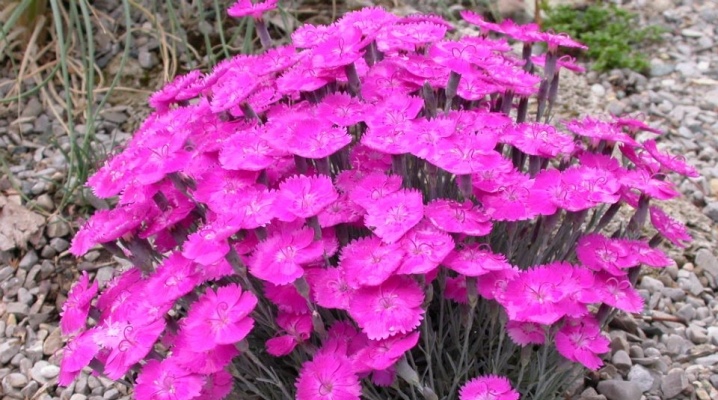
Alpine carnation is distinguished by its unpretentiousness and the ability to grow in rocky areas with poor soil. The plant belongs to perennials, it has delicate, mostly pink inflorescences. Suitable for cultivation are hybrid varieties that are more adapted to home breeding. They serve as a wonderful decoration and complement to alpine slides and rockeries. In natural conditions, the flower grows on the mountain slopes of the Alps, as well as in Slovenia and Austria.
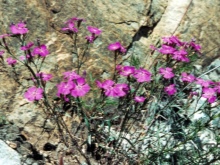
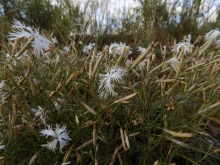
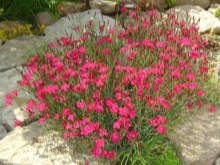
Description
Alpine carnation has the appearance of compact rounded bushes. Thin numerous stems reach a height of 25 cm. The leaf plates are narrow and thin, grayish-green in color. At the beginning of summer, small flowers with a pleasant aroma appear on the bushes, their size is about 4 cm. They consist of 5 corrugated petals with jagged edges. The bloom is profuse and lasts until the end of summer. The colors of the buds can be very diverse.
The root system is one elongated rod, which after a while expands on the sides.
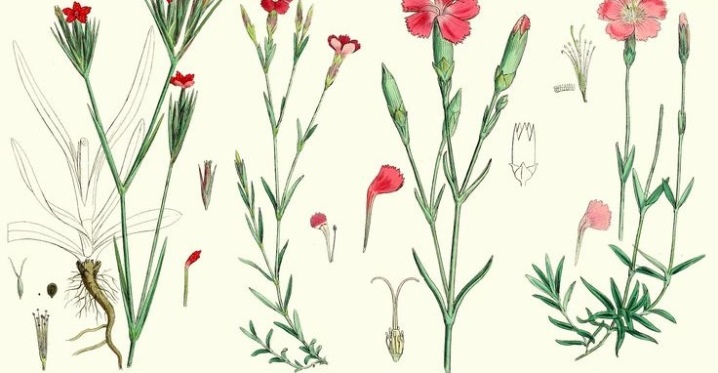
Its task is to accumulate nutrients for the aerial part of the plant. Thanks to this feeding, the bush very quickly grows into an extensive grass cushion and can reach a diameter of up to 50 cm.
At the end of flowering, elongated seed pods with round seeds inside ripen on the stems. When the seed pod is opened, the seeds themselves spill out into the soil. Thus, the alpine carnation can multiply independently, without human intervention. The life cycle of one bush is 4–5 years.
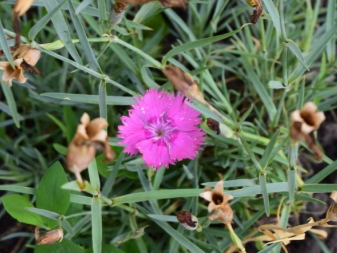
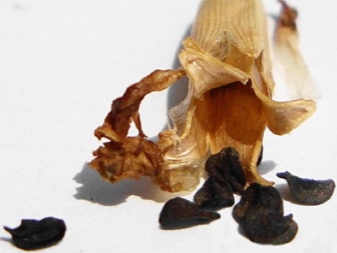
Reproduction
Alpine carnations are grown mainly from seeds, but it is more reliable to plant them on seedlings at home. And already a little stronger seedlings are planted in open soil. When propagated in this way, the plant begins to bloom in the first year. You can sow seeds for seedlings from January to March. In order for the seeds to sprout quickly and amicably, they need to be prepared for this.
- To increase the similarity, they can be kept in warm water for 24 hours.
- Soil is poured into containers or special cassettes and seeds are placed, keeping a distance of 2 cm between them.The planting depth should be 1 cm.
- Sprinkle the planted seeds on top with a thin layer of sand.
- The containers are covered with foil or glass and placed in a warm place, remembering to ventilate and humidify.
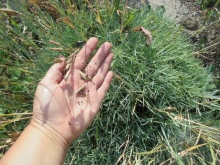
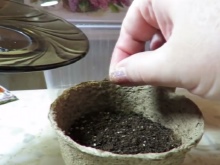
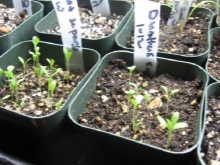
After 2 weeks, shoots should appear, then the shelter can be removed. It is better to prepare the soil in advance; for this, in the fall, the soil from the garden is mixed with ash and sand. You can also use a ready-made commercial substrate, the main thing is that it must be neutral and nutritious. The soil should be treated with a solution of potassium permanganate in order to destroy possible microorganisms.
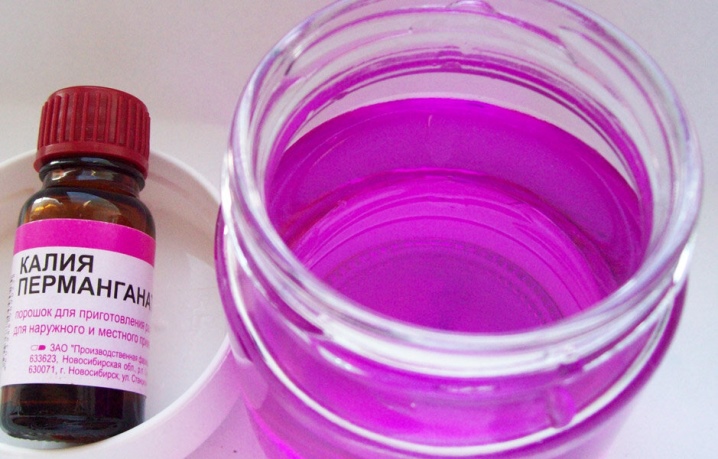
The sprouts should be watered with settled cold water, but this must be done carefully so as not to overmoisten, since they are prone to being affected by fungal diseases. Seedlings need lighting for 14 hours for normal growth, so it is worth taking care of additional lighting. When 2-3 leaves are formed on the sprouts, they dive, but before that they need to be well moistened.
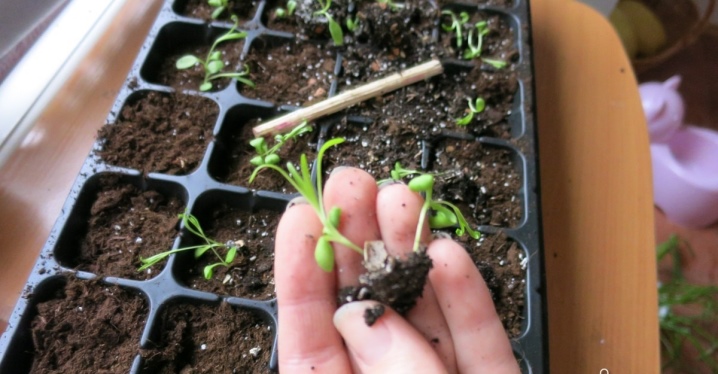
Seedlings should be hardened before planting in open soil. To do this, 2-3 weeks before planting, they begin to gradually leave containers with sprouts in the fresh air, gradually increasing the time.
The day before disembarkation, they are left in the fresh air all day. You can immediately sow seeds in open soil when it warms up well, it is recommended to do this at the end of May. On the site, shallow grooves are made, the distance between which is 10 cm. Clove seeds are sparsely sown in them, previously mixed with sand and a small amount of dry mineral fertilizers, covered with earth and moistened with warm water. From above, the bed should be covered with a film, and when shoots appear, it is recommended to use lutrasil (a type of agrofibre) instead of it for another 2 weeks.
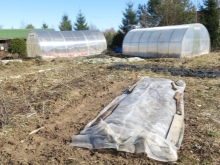
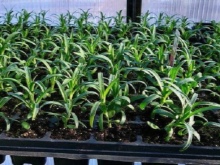

You can water the plant directly through the material. The hardened sprouts must be pinched, this procedure contributes to the more lush forms of the bush and the formation of more buds. You can also propagate an alpine carnation:
- cuttings;
- layering;
- dividing the bush.
Cuttings are cut at an angle from the side shoots, their length should be 10 cm. In the lower part, the stem is cut and placed in a container with moist soil. After about 2 weeks, roots form on the stems, and the plants are ready to be transplanted to a permanent location.
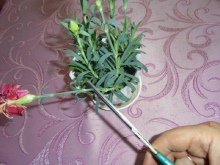
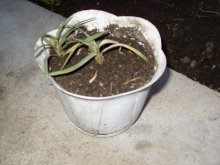
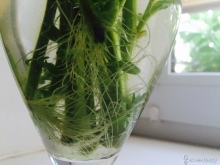
To spread the carnation by layering, a long, strong shoot is rejected from the mother bush, cut in the lower part (an incision is about 4 cm long), a small depression is dug near the bush, the layering is placed there and sprinkled with earth. The next year, it is separated from the parent bush and transplanted separately. In early spring, while the plant has not started to grow, you can use reproduction by dividing the bush.
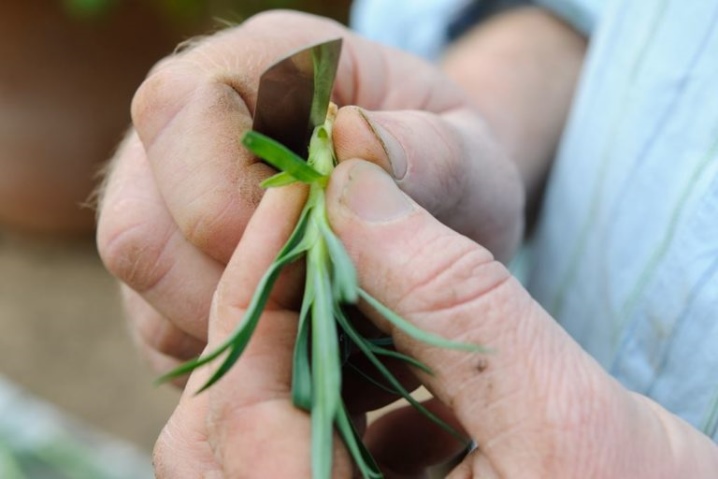
To do this, the plant must be carefully dug up and cut into several parts with a sharp knife, each one must have at least one growth point.
Delenki are planted in the soil, keeping a distance so that the bushes can grow.

Landing
It is worth planting alpine carnations in open soil in May, by which time the soil and air will already warm up well. The site should be chosen well-lit, in partial shade the flowering will not be so abundant. The soil should be non-acidic, better loam, before planting it must be well dug up and humus added. If the soil is heavy, river sand should be added. A distance of 25-30 cm must be kept between the carnations: the bushes have the ability to grow very much. Well-moistened seedlings are placed in shallow holes, sprinkled with earth and watered with warm water.
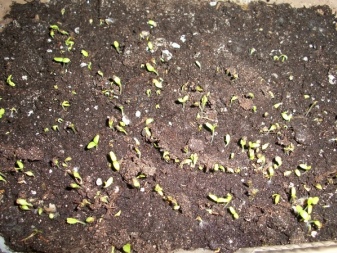

Care rules
Caring for an alpine carnation is not a big deal, because the plant does not have any special requirements and develops normally with normal care. Watering the plant needs moderate, it tolerates drought more easily than excess moisture. On hot summer days, the flower can be moistened every day, preferably in the morning or evening, and also make sure that the water does not get on the inflorescences. In order for the flowering to be lush and abundant, the bush is fed with organic matter 1-2 times a month. After the cloves have faded, mineral fertilizers and humus are applied.
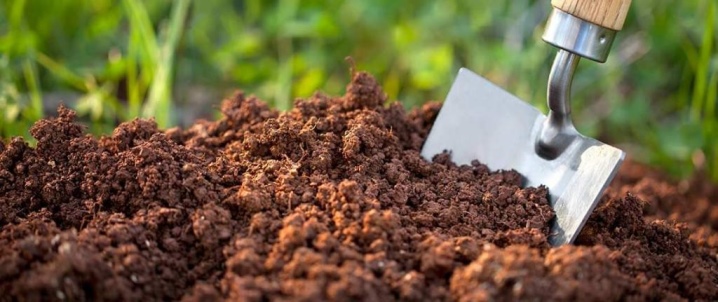
Due to the splendor of the bushes, loosening is quite problematic, the need for this procedure depends on the type of carnation.
Faded buds must be removed, this contributes to the appearance of new, more numerous inflorescences. With proper planting and care, the plant can bloom a second time in late summer. At the end of autumn, the carnation is cut, leaving 10 cm, and covered with a layer of mulch from peat or dry foliage. The plant is frost-resistant, so it does not need a denser shelter. In regions with harsh winters, you can insulate the bushes with agrofibre.
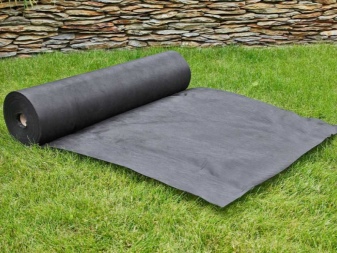
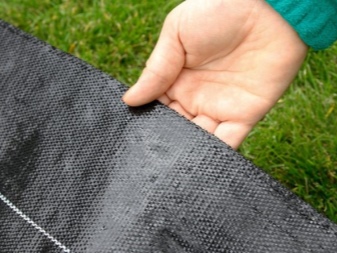
Varieties
In nature, alpine carnation has inflorescences predominantly pink or red carmine. The bred hybrid varieties are distinguished by a wider color gamut. In addition, they are more stable and able to easily adapt to any conditions of detention. Alpine carnation serves as a spectacular decoration not only for the garden, but also for the apartment.
In open areas, the plant is planted in rockeries, on alpine slides, along paths and in flower beds.
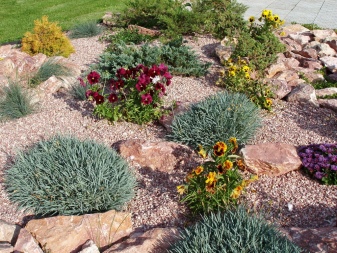

Planted in flowerpots and tubs, the carnation will decorate terraces and verandas, and will also look beautiful on the balcony.
- "Pink lawn" - a frost-resistant perennial variety with pink or light purple buds and gray-green leaf plates. The bush is characterized by rather rapid growth, in diameter it can reach more than 50 cm. The plant is very popular among connoisseurs of carnations.
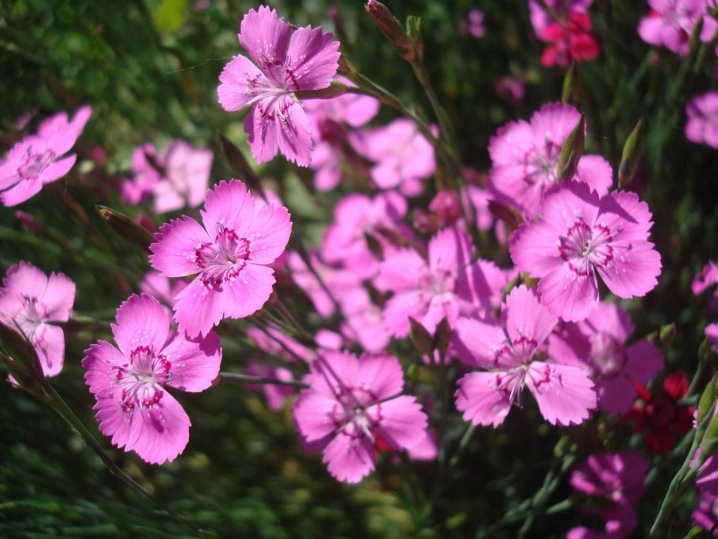
- "Weiss" also cold-resistant variety, which is distinguished by large white buds. The plant is about 20 cm high, up to 50 cm wide, blooms from May to June. With proper care, the flower is able to form buds a second time in August.
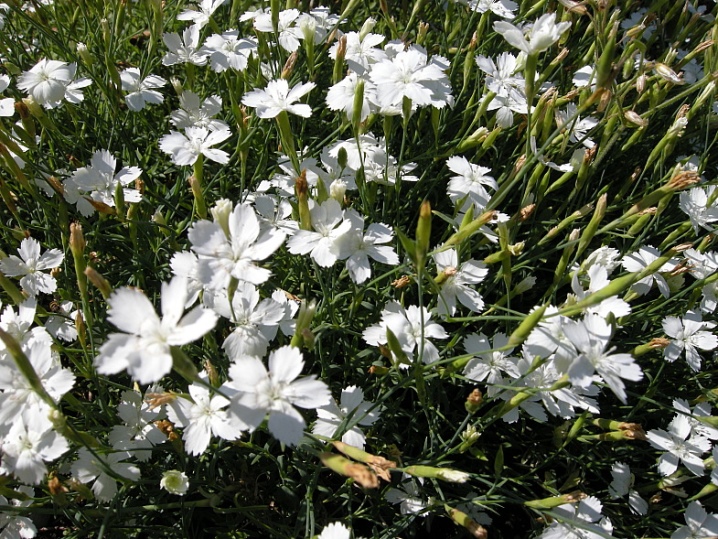
- "Ruby" differs in mauve or crimson inflorescences. The bush can reach a height of 20–25 cm, and its diameter is 40–50 cm. The flowering period lasts from late spring to early autumn.
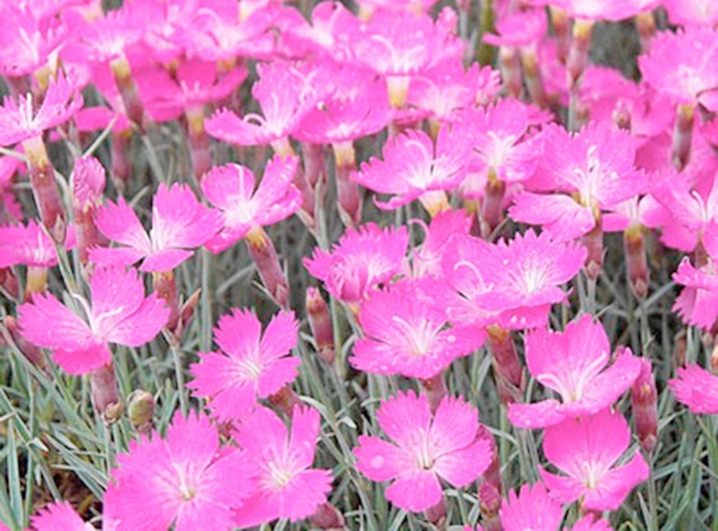
- "Albus" it has beautiful white buds that bloom all summer long. Plant height 15–20 cm.
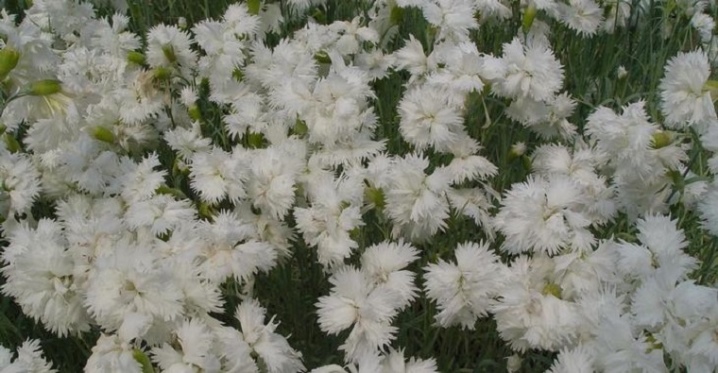
- "Kahori" it stands out with medium-sized fragrant flowers of a lilac-pink tone. It often blooms twice a season. The leaf plates are gray-green in color.
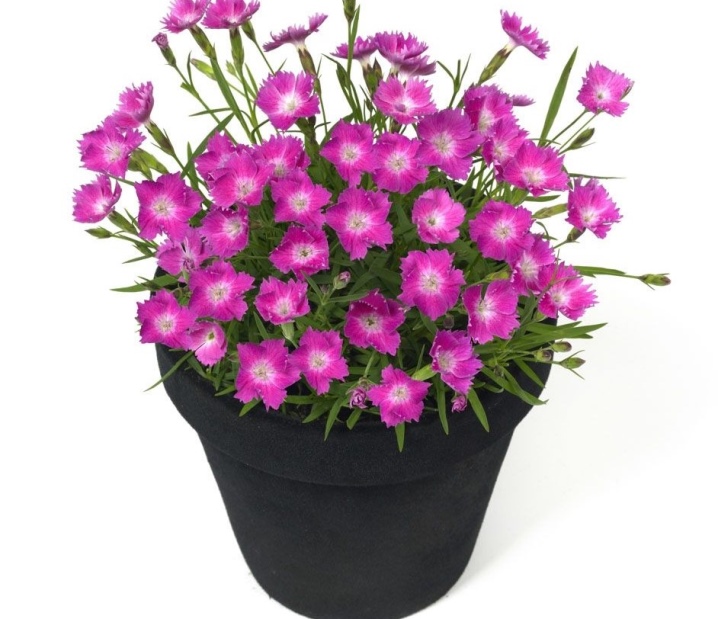
Diseases and pests
With proper care, alpine carnations rarely get sick and are not attacked by parasites. Over-watering can result in a disease such as fusarium. The leaves of the plant turn yellow, swelling forms on the shoots. A diseased plant should be removed, and the soil should be treated with Karbofos. The most dangerous for alpine carnations is phialophorosis - a viral disease, when infected with it, the plant withers and acquires brown stains on the cuts.
To avoid this, you need to disinfect the soil and tools. Of the pests, bushes can be affected by caterpillars, thrips and nematodes. As plant protection, treatment with insecticidal preparations "Aktillik" and "Aktar" is used. For prevention purposes, you can process a flower with them once a month. When affected by nematodes, diseased leaf plates must be removed.
See below for more details.







































































































The comment was sent successfully.